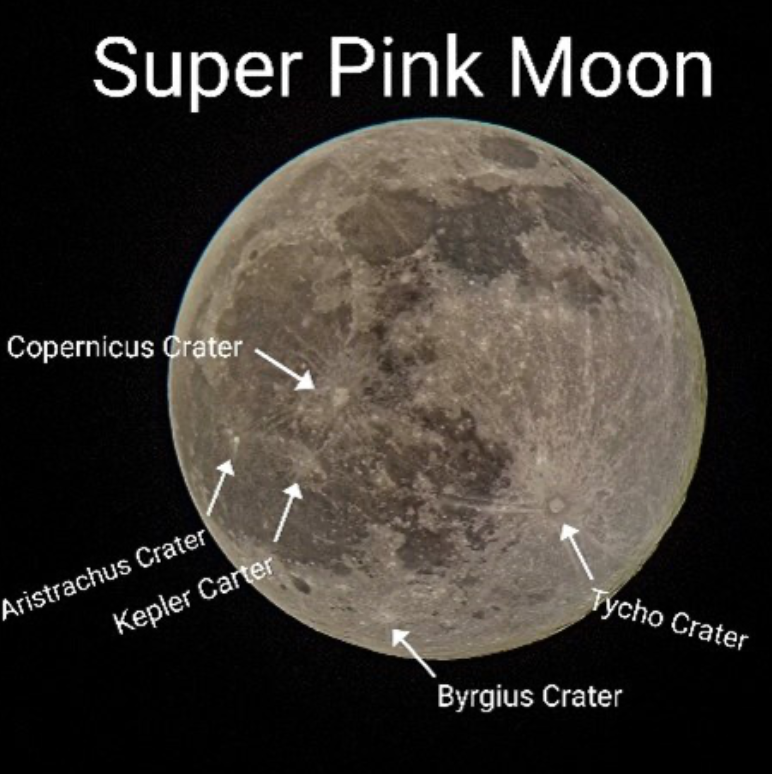On 25th June 1178, five British monks reported an event that no one had ever imagined. This extraordinary event was an explosion on the surface of moon. The monks of Canterbury, after completing their evening prayer in the Canterbury Cathedral, retired for the night. These five monks then witnessed a violent explosion on the moon.
The English chronicler in the cathedral, Gervase of Canterbury, interviewed the monks and wrote in his chronicle: “There was a bright moon, and as is usual in that phase, its horns were tilted towards the east. Suddenly, the upper horn spilt into two. From the midpoint of the division, a flaming torch sprang up, spewing out fire, hot coals, and sparks.”
After nearly 800 years, astronomers figured it out – when an asteroid hits the moon, the impact produces a dust ring on the surface of moon. Viewed from the Earth, this might resemble the report in the chronicle of Gervase of Canterbury. Asteroid impacts can be seen all over the surface of the moon as lunar craters. Since there is no atmosphere and no flowing water, erosion on the surface of moon takes billions of years. If the Canterbury chronicle was true, then the crater formed by the impact must be very young.
Young craters produce rays and linear fine powders that spew out during the explosion. These radial streaks may extend for lengths up to several times the diameter of the crater. The young crater formed by the explosion witnessed by the monks was named Giordano Bruno Crater. (Giordano Bruno was known for his conceptual extended theory of Copernican Heliocentric theory).
The Giordano Bruno Crater is 22kms in diameter and is on the far side of the moon. There are other young craters on the visible side of the moon and named after famous philosophers and astronomers:
The Aristarchus Carter, which looks like a bright spot on the old molten lava feature called Oceanus Procellarid. It is visible through unaided eyes.
Copernicus Crater, which was formed during the Copernican period and is visible through binoculars or even a small telescope.
Kepler Carter, which is best known for prominent rays that cover the surrounding mare.
Tycho Crater, which is the most prominent crater. There are also secondary craters inside it which can only be seen through a telescope. So, point your binoculars or telescopes towards the moon and try to see as many craters as you can.



